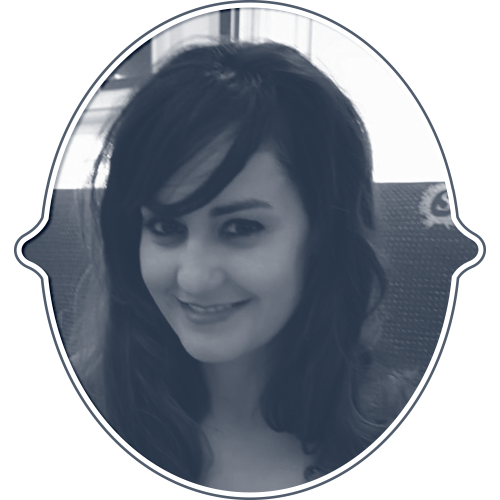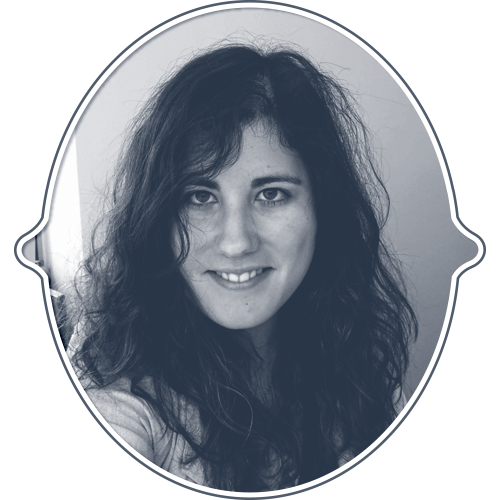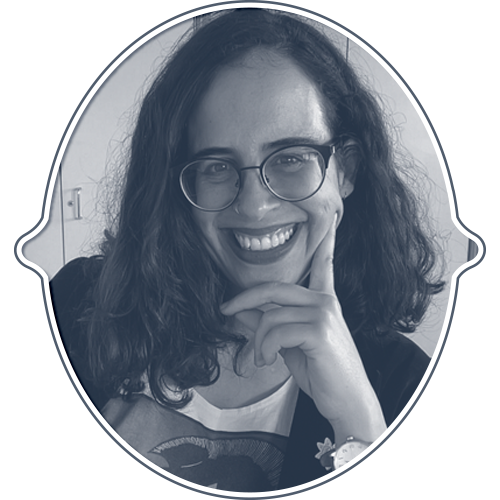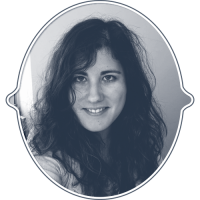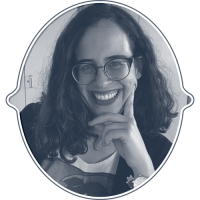

FOGO CONGRESS 2023: FOLKLORE AND GOTHIC: SUPERNATURAL PRESENCES AND ENVIRONMENTS IN EUROPE AND THE AMERICAS
Who has not felt fascinated by a terrifying image?
This conference aims to open a space of dialogue to analyze the intersections of Gothic and folklore, focusing on fairy tales, the representation of nature, and the treatment of horror. What is the relevance of the ghosts, cemeteries and stormy nights that remain in our subconscious as images and spaces of fear? How can fictional horror represent the climate emergency? How can we explore literature, film and other media through the lens of the monster and the ghost? Ultimately, what is the interaction between folklore, horror and the Gothic?
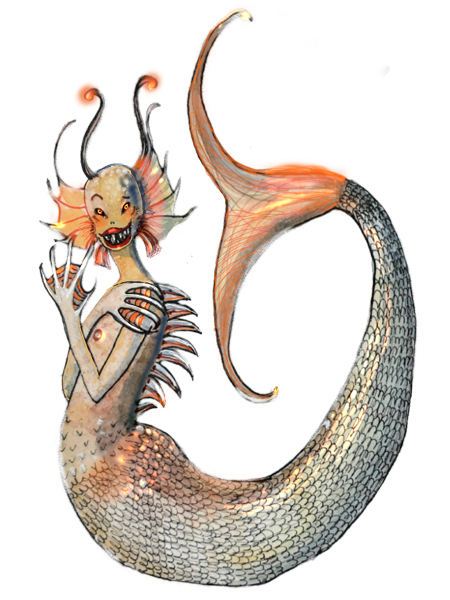
FOGO CONGRESS 2023: FOLKLORE AND GOTHIC: SUPERNATURAL PRESENCES AND ENVIRONMENTS IN EUROPE AND THE AMERICAS
Who has not felt fascinated by a terrifying image?
This conference aims to open a space of dialogue to analyze the intersections of Gothic and folklore, focusing on fairy tales, the representation of nature, and the treatment of horror. What is the relevance of the ghosts, cemeteries and stormy nights that remain in our subconscious as images and spaces of fear? How can fictional horror represent the climate emergency? How can we explore literature, film and other media through the lens of the monster and the ghost? Ultimately, what is the interaction between folklore, horror and the Gothic?

CALL FOR PAPERS AND SUBJECT AREAS
The organizing committee invites professors, academics, researchers, postgraduate students and artists to participate by sending proposals for presentations in the following formats:
- A single paper for a 15-20 minute presentation, summary of max. 300 words;
- A round table of 3-5 people for a 60-minute discussion, summary of max. 1000
words; - A complete panel of 3-4 people for a 60-minute set of presentations, summary of
max. 1000 words; - Any other type of artistic format or workshop that touches on the topic of the
conference and which can take place in under 90 minutes.
Please also include a brief summary (less than 100 words) or your academic CV.
Please send your proposals before April 1, 2023 by following the following link:
CALL FOR PAPERS AND SUBJECT AREAS
The organizing committee invites professors, academics, researchers, postgraduate students and artists to participate by sending proposals for presentations in the following formats:
- A single paper for a 15-20 minute presentation, summary of max. 300 words;
- A round table of 3-5 people for a 60-minute discussion, summary of max. 1000
words; - A complete panel of 3-4 people for a 60-minute set of presentations, summary of
max. 1000 words; - Any other type of artistic format or workshop that touches on the topic of the
conference and which can take place in under 90 minutes.
Please also include a brief summary (less than 100 words) or your academic CV.
Please send your proposals before April 1, 2023 by following the following link:
PUBLICATION
Once finished the conference, the participants will be given the option to send an article based on their presentation for publication in a volume edited by a prestigious editorial house (still TBD). Each paper will be reviewed by an independent scientific committee.
The papers will comply with the editorial guidelines provided in advance, and sent before November 14th, 2023.
PUBLICATION
Once finished the conference, the participants will be given the option to send an article based on their presentation for publication in a volume edited by a prestigious editorial house (still TBD). Each paper will be reviewed by an independent scientific committee.
The papers will comply with the editorial guidelines provided in advance, and sent before November 14th, 2023.
INVITED SPEAKERS
ANTONIO BALLESTEROS GONZÁLEZ
Full Professor in the Department of Foreign Philologies and their Linguistics, UNED (Spain).SANDRA CASANOVA-VIZCAÍNO
Associate Professor in the Department of Romance Languages at Binghamton University (USA).ANN DAVIES
Emeritus Professor at the University of Stirling (UK).IRENE GÓMEZ-CASTELLANO
Associate Professor in the Department of Romance Studies at the UNC Chapel Hill (USA).IMELDA MARTÍN JUNQUERA
Associate Professor in the Department of Modern Languages at the University of León.

INVITED SPEAKERS
ANTONIO BALLESTEROS GONZÁLEZ
Full Professor in the Department of Foreign Philologies and their Linguistics, UNED (Spain).SANDRA CASANOVA-VIZCAÍNO
Associate Professor in the Department of Romance Languages at Binghamton University (USA).ANN DAVIES
Emeritus Professor at the University of Stirling (UK).IRENE GÓMEZ-CASTELLANO
Associate Professor in the Department of Romance Studies at the UNC Chapel Hill (USA).IMELDA MARTÍN JUNQUERA
Associate Professor in the Department of Modern Languages at the University of León.
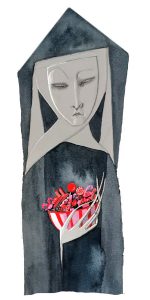
ORGANIZING COMMITTEE
MARÍA JOSÉ ÁLVAREZ MAURÍN
University of LeónMARÍA JOSÉ CONDE GUERRI
University of LeónPAULA FERNÁNDEZ CHAMORRO
University of LeónNOELIA GREGORIO FERNÁNDEZ
UNEDALFRED MICHAEL MARKEY
University of LeónFCO JAVIER ORDIZ VÁZQUEZ
University of LeónMARÍA ASUNCIÓN SÁNCHEZ MANZANO
University of León
ACADEMIC COMMITTEE
TONY ALCALÁ
Tecnológico de MonterreyXAVIER ALDANA REYES
Manchester Metropolitan UniversityILSE BUSSING
Universidad de Costa RicaMARÍA LUZDIVINA CUESTA TORRE
Universidad de LeónMEGAN DEVIRGILIS
Morgan State UniversityEVA LARA ALBEROLA
Universidad Católica de ValenciaALEJANDRA MÁRQUEZ
Michigan State UniversityIMELDA MARTÍN JUNQUERA
Universidad de LeónJUAN MATAS CABALLERO
Universidad de LeónFRANCISCA NOGUEROL
Universidad de SalamancaNADINA OLMEDO
Universidad de San FranciscoIGNACIO RAMOS GAY
Universitat de València
ORGANIZING COMMITTEE
MARÍA JOSÉ ÁLVAREZ MAURÍN
Universidad de LeónMARÍA JOSÉ CONDE GUERRI
Universidad de LeónPAULA FERNÁNDEZ CHAMORRO
Universidad de LeónNOELIA GREGORIO FERNÁNDEZ
UNEDALFRED MICHAEL MARKEY
Universidad de LeónFCO JAVIER ORDIZ VÁZQUEZ
Universidad de LeónMARÍA ASUNCIÓN SÁNCHEZ MANZANO
Universidad de León
ACADEMIC COMMITTEE
TONY ALCALÁ
Tecnológico de MonterreyXAVIER ALDANA REYES
Manchester Metropolitan UniversityILSE BUSSING
Universidad de Costa RicaMARÍA LUZDIVINA CUESTA TORRE
Universidad de LeónMEGAN DEVIRGILIS
Morgan State UniversityEVA LARA ALBEROLA
Universidad Católica de ValenciaALEJANDRA MÁRQUEZ
Michigan State UniversityIMELDA MARTÍN JUNQUERA
Universidad de LeónJUAN MATAS CABALLERO
Universidad de LeónFRANCISCA NOGUEROL
Universidad de SalamancaNADINA OLMEDO
Universidad de San FranciscoIGNACIO RAMOS GAY
Universitat de València
COLLABORATING ENTITIES
Department of Hispanic and Classic Languages, University of León
Department of Modern Languages, University of León
Humanism and Classical Tradition Institute, University of León
Arts and Humanities, University of León
LETRA research group, University of León
GEHUMECO research group, University of León
Vice Rectorate for Institutional and Social Relations, University of León
Sonsoles Ortiz de Urbina Fernández
Marieta Alonso-Collada
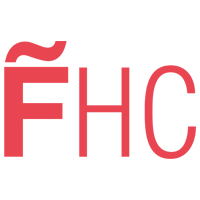
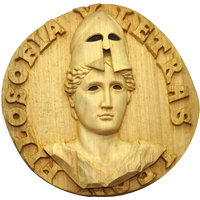
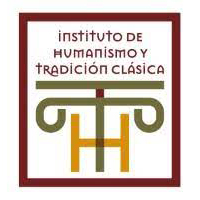

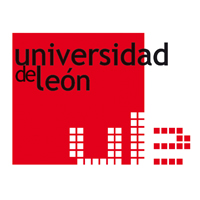
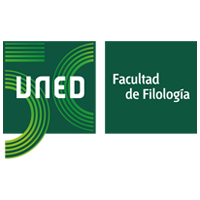
COLLABORATING ENTITIES
Department of Hispanic and Classic Languages, University of León
Department of Modern Languages, University of León
Humanism and Classical Tradition Institute, University of León
Arts and Humanities, University of León
LETRA research group, University of León
GEHUMECO research group, University of León
Vice Rectorate for Institutional and Social Relations, University of León
Sonsoles Ortiz de Urbina Fernández
Marieta Alonso-Collada







